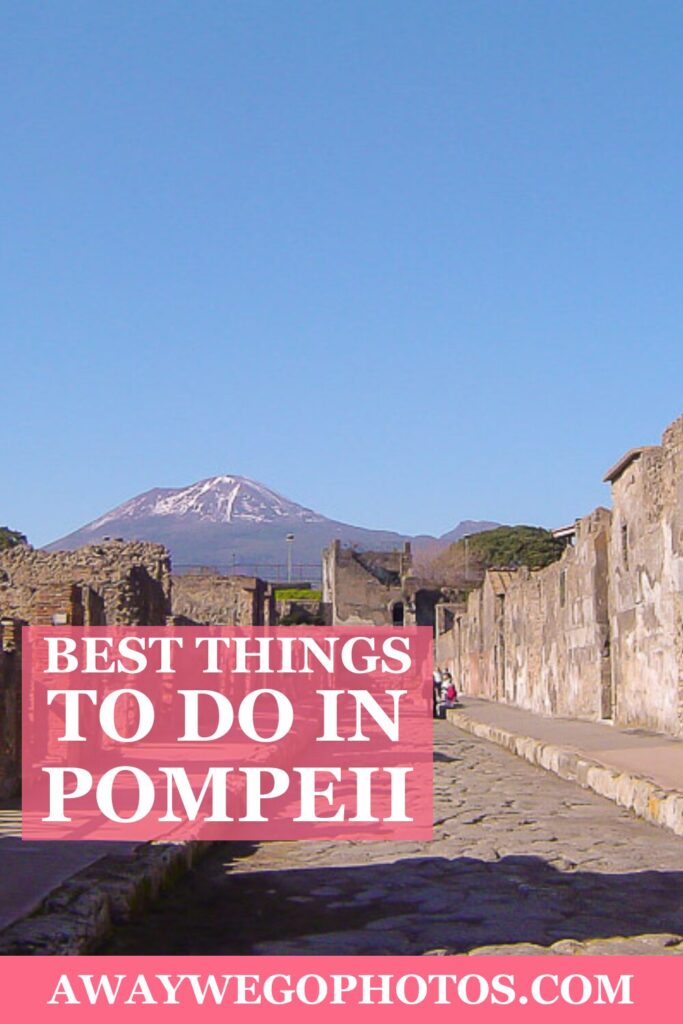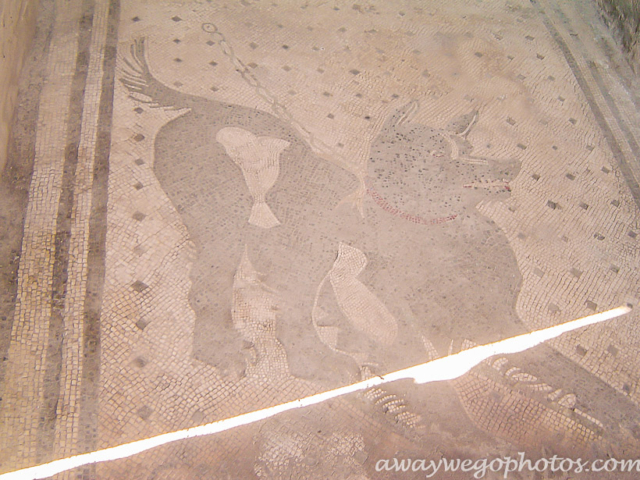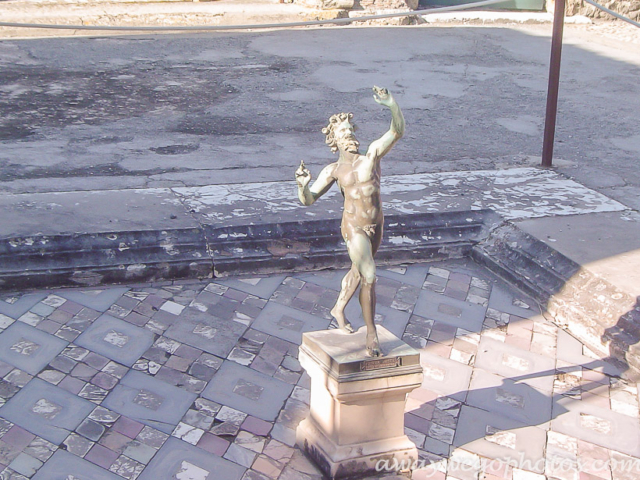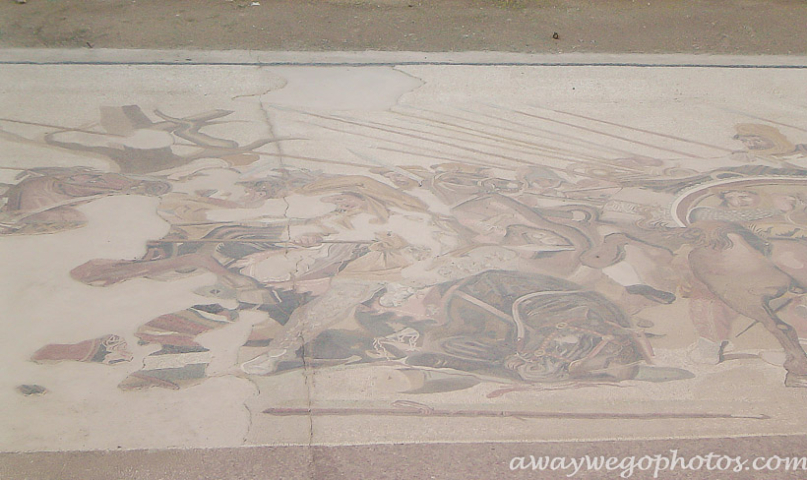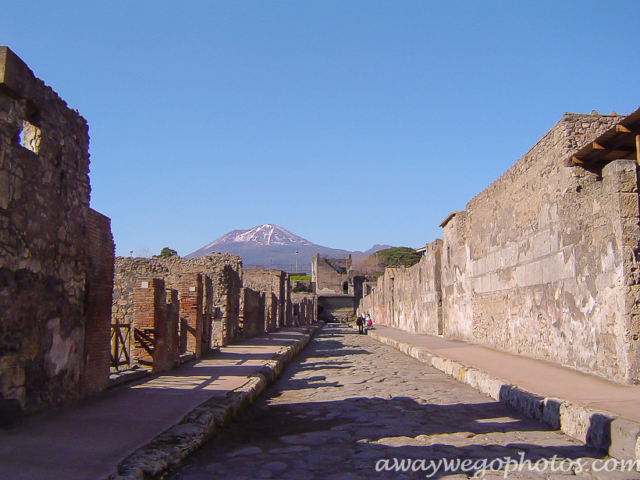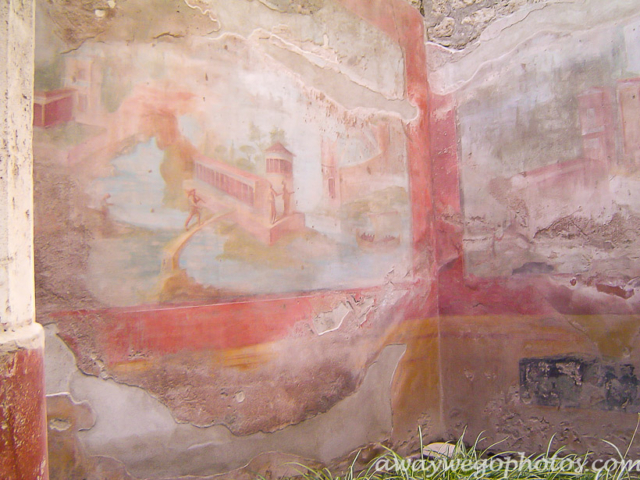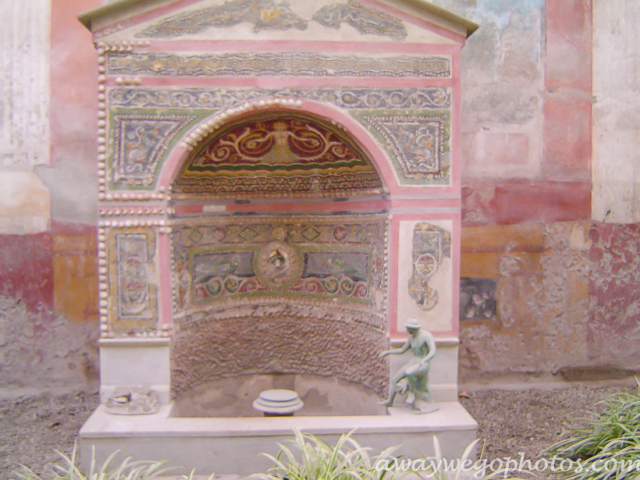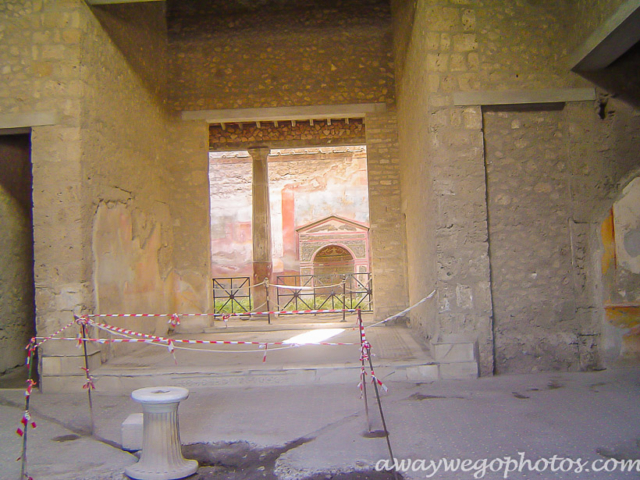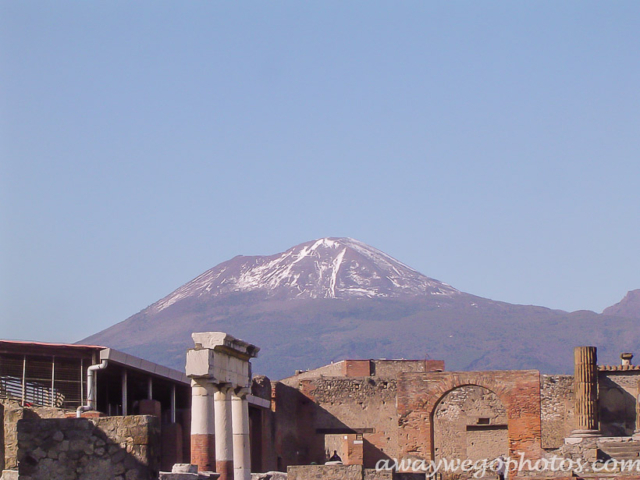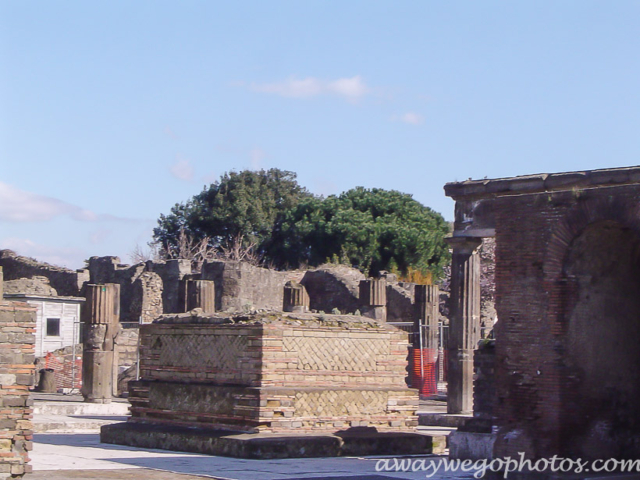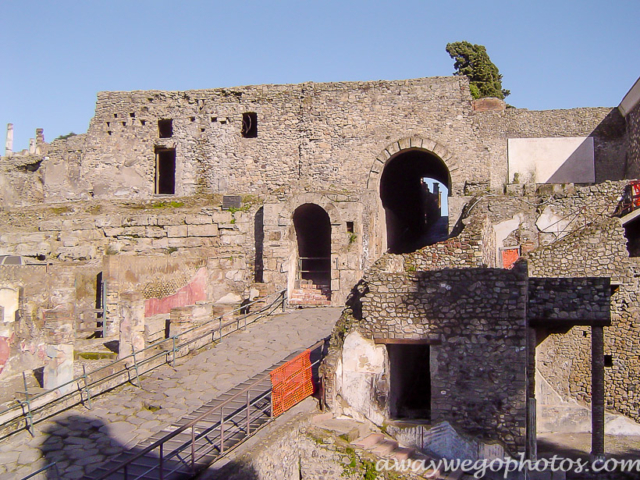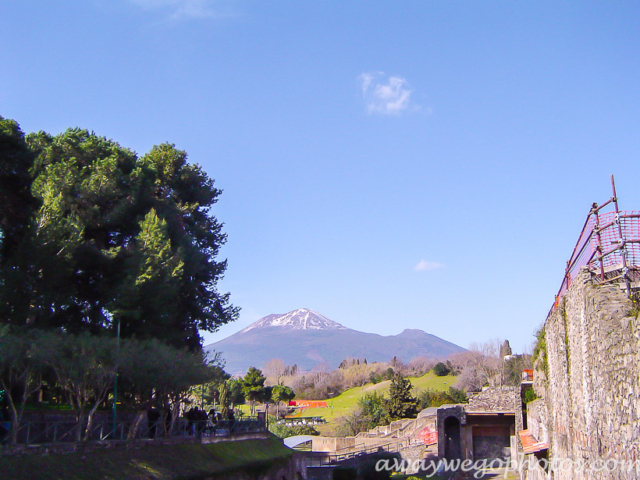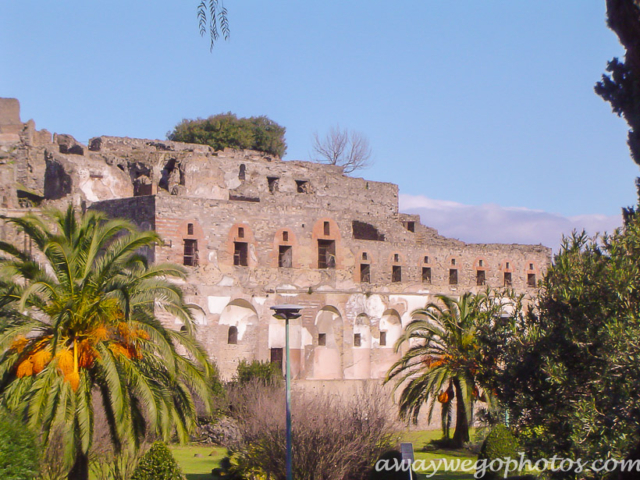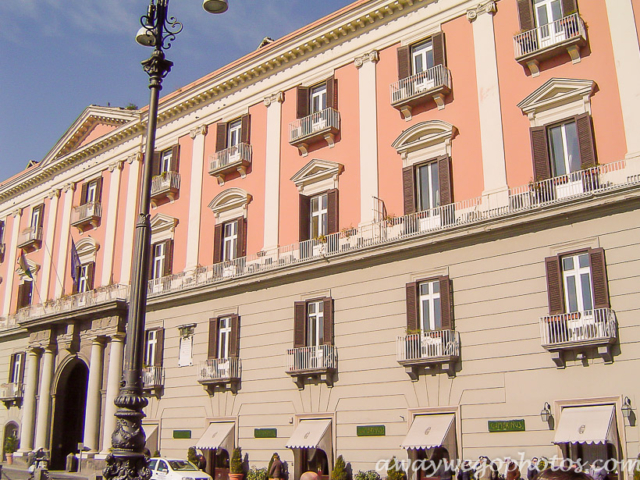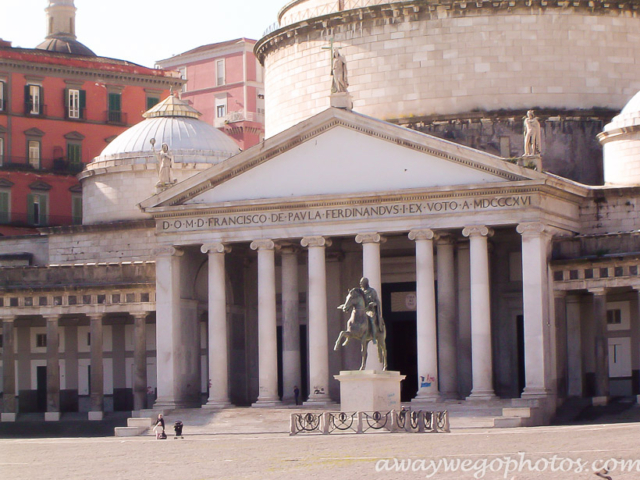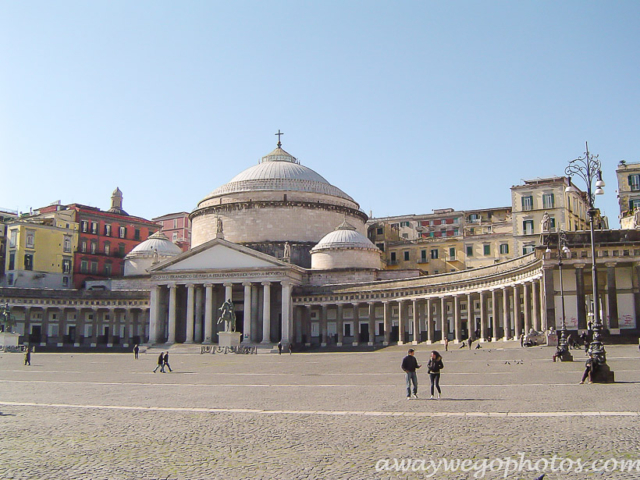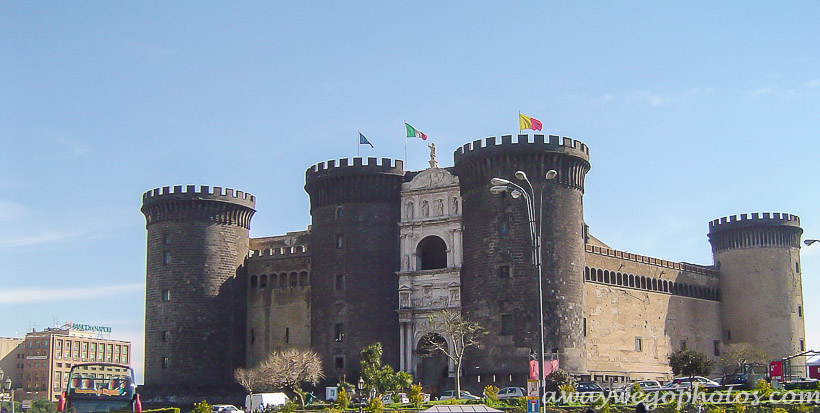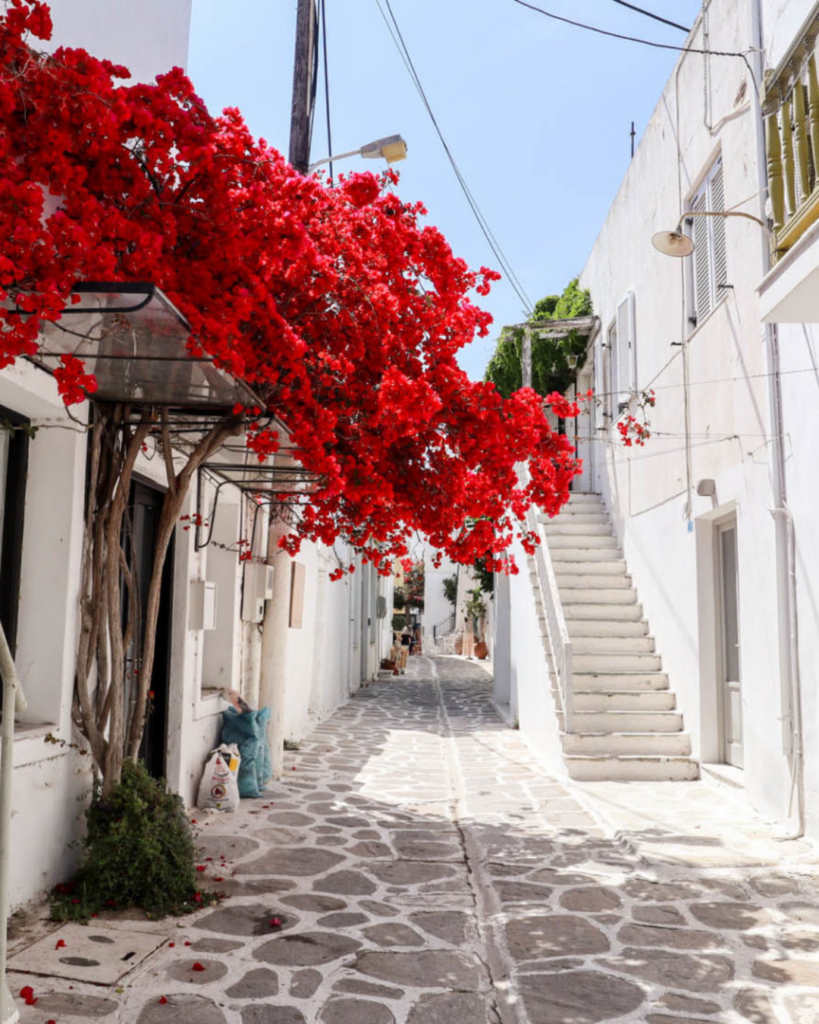Located near the picturesque Bay of Naples, Pompeii, Italy, stands as a testament to ancient Roman civilization. Founded around the 6th century BCE, Pompeii flourished as a bustling city until its tragic demise in 79 CE, when nearby Mount Vesuvius erupted, burying the city under ash and pumice.
Rediscovered in the 18th century, Pompeii’s remarkably preserved ruins provide a captivating glimpse into daily life during the Roman Empire. Visitors can wander through well-preserved streets, marvel at intricately adorned villas, and explore ancient theaters and temples frozen in time. The city’s tragic fate offers a poignant reminder of the fragility of life and the enduring legacy of one of history’s most iconic archaeological sites.
Where is Pompeii, Italy?
Pompeii is located in southern Italy, near the Bay of Naples, in the region of Campania. It is situated about 14 miles (23 kilometers) southeast of Naples and lies within the Metropolitan City of Naples.
10 Key Facts about Pompeii, Italy
- Pompeii was an ancient Roman city located near modern Naples in Italy, famously preserved by the eruption of Mount Vesuvius in 79 CE.
- Pompeii is a UNESCO World Heritage Site, recognized for its exceptional preservation and historical significance.
- The city was buried under meters of volcanic ash and pumice when Mount Vesuvius erupted, preserving buildings, artifacts, and even human remains.
- Pompeii was rediscovered in the 18th century during excavations led by archaeologists, revealing insights into Roman life and culture.
- Pompeii was a well-planned city with streets laid out in a grid pattern, complete with public buildings, markets, temples, and residential areas.
- The city’s architecture showcases Roman building techniques, including elaborate frescoes, mosaics, and intricate marble decorations.
- Excavations have provided valuable insights into daily life in Pompeii, revealing details about social customs, commerce, food, and entertainment.
- Pompeii is a popular tourist destination, attracting millions of visitors annually who come to explore its well-preserved ruins and learn about its tragic history.
- Despite ongoing preservation efforts, Pompeii faces challenges such as erosion, weathering, and damage from tourism.
- Pompeii’s story has inspired countless works of art, literature, and film, shaping popular perceptions of ancient Roman life and the power of natural disasters.
[penci_related_posts title=”You Might Be Interested In” number=”4″ style=”grid” align=”none” displayby=”recent_posts” orderby=”random”]
Best Things to do in Pompeii, Italy
- Explore the Ruins: Wander through the remarkably preserved streets, houses, temples, and public buildings of ancient Pompeii, gaining insights into Roman daily life and culture.
- Visit the Forum: Discover the heart of ancient Pompeii at the Forum, where political, social, and commercial activities once thrived, surrounded by impressive ruins.
- See the Amphitheater: Marvel at one of the oldest surviving Roman amphitheaters, where gladiatorial contests and other spectacles entertained the city’s inhabitants.
- Admire the Villa of the Mysteries: Explore the well-preserved Villa of the Mysteries, renowned for its vibrant frescoes depicting mysterious Dionysian rituals.
- Visit the House of the Faun: Admire the grandeur of the House of the Faun, one of Pompeii’s largest and most luxurious residences, featuring intricate mosaics and impressive architecture.
- See the Baths: Visit the public baths of Pompeii, where residents once gathered for relaxation, hygiene, and socializing, experiencing Roman bathing culture firsthand.
- Explore the Gardens: Wander through the lush gardens and courtyards of Pompeii’s villas, admiring the beauty and tranquility that once graced these ancient homes.
- Visit the Temple of Apollo: Pay homage to the ancient gods at the Temple of Apollo, one of Pompeii’s oldest and most important religious structures, featuring impressive columns and statues.
- See the Casts of Victims: Witness the haunting plaster casts of Pompeii’s inhabitants, frozen in time by the volcanic ash, offering a poignant reminder of the city’s tragic fate.
- Visit the Archaeological Museum: Explore the artifacts recovered from Pompeii and learn more about the city’s history and excavation efforts at the Archaeological Museum of Naples, located nearby.
Like this Post? Save it on Pinterest!
